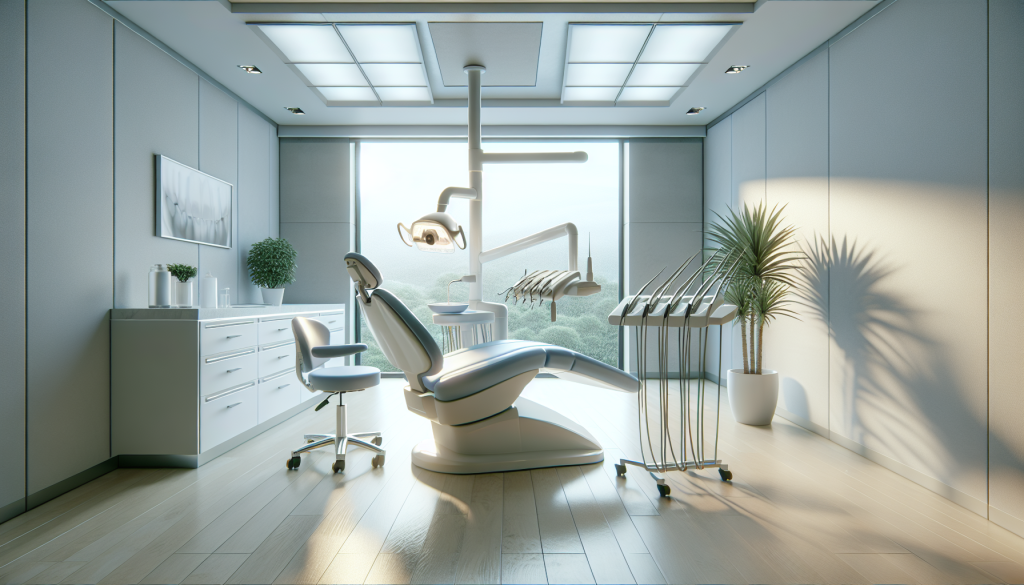
For many, the thought of visiting the dentist can spark anxiety, whether due to fear of pain, past traumatic dental experiences, or the dreaded sounds and smells associated with dental offices. This is where sedation dentistry comes into the picture, offering a beacon of relief for anxious patients. Sedation dentistry uses medication to help patients relax during dental procedures and is often misleadingly referred to as “sleep dentistry.” Though patients are usually awake, except for those under general anesthesia, the sedation creates a sense of calm that can make even the most nerve-wracking procedures tolerable.
Understanding the different types of sedation dentistry is crucial for patients, especially for those contemplating receiving dental braces—a treatment known for its extended duration and sometimes discomfort. There are several types of sedation used in dentistry, which can be tailored to the needs and medical history of the individual.
The mildest form of sedation is inhaled sedation, commonly known as laughing gas. This involves breathing nitrous oxide combined with oxygen through a mask that’s placed over your nose. It helps to ease nerves, and its effects wear off quickly once the mask is removed. Oral sedation involves taking a pill, like Halcion, which is related to Valium. It’s usually taken about an hour before the procedure to produce drowsiness, though you’ll still be awake. For a deeper level of sedation, IV sedation is administered directly into a vein, which allows your dentist to continually adjust the level of sedation. Lastly, general anesthesia renders you completely unconscious and is typically reserved for more extensive procedures.
When it comes to dental braces, which require regular adjustments over months or even years, managing anxiety is essential for ensuring consistent dental visits. Neglecting to do so might result in a prolonged treatment or unsatisfactory results. Discussing options for sedation with an orthodontist can provide a way to receive the necessary treatment comfortably.
Navigating health insurance coverage for dental braces and factors such as sedation can be complex. Most health insurance policies consider basic dental services a necessary part of health care, but they differentiate between procedures that are cosmetic versus those that are medically necessary. Orthodontic procedures like braces can often fall into a gray area, as they may be required for both health and cosmetic purposes.
First, review your dental insurance plan to determine if orthodontic treatment is covered. Some plans offer partial coverage, which could include the initial installation of braces. However, sedation dentistry is not typically covered for orthodontic settings unless deemed medically necessary, such as for patients with disabilities or severe anxiety that could prevent the administration of treatment.
Additionally, if you have health or dental insurance that covers sedation dentistry for other procedures, it’s important to check whether the policy extends to orthodontic care. Coverage for sedation often depends on the type of sedation used; for example, nitrous oxide may be more likely to be covered than general anesthesia. Be sure to consult with your insurance provider for the specifics of your policy.
For those without coverage, or when insurance falls short, there are other avenues to explore. Payment plans offered by dental offices, healthcare credit cards, and health savings accounts (HSAs) can offer manageable ways to spread out the costs. Additionally, some orthodontists offer bundle options, where sedation services are included with the treatment at a discounted rate.
Finally, it is essential to communicate openly with your dental professional about your anxiety and financial concerns. They may offer solutions or alternative treatment strategies that can help alleviate anxiety without the need for full sedation. They also might have an in-house financial coordinator who can assist you in navigating the murky waters of insurance coverage and out-of-pocket costs.
In conclusion, while the prospect of receiving dental braces can be daunting, the availability of sedation dentistry can significantly ease the apprehension associated with orthodontic procedures. It is imperative to consult thoroughly with both your dental professional and your insurance provider to ensure that you receive the most effective, affordable, and comfortable treatment possible. With the right information and preparation, a straighter, healthier smile is within reach—even for those who face dental visits with apprehension.